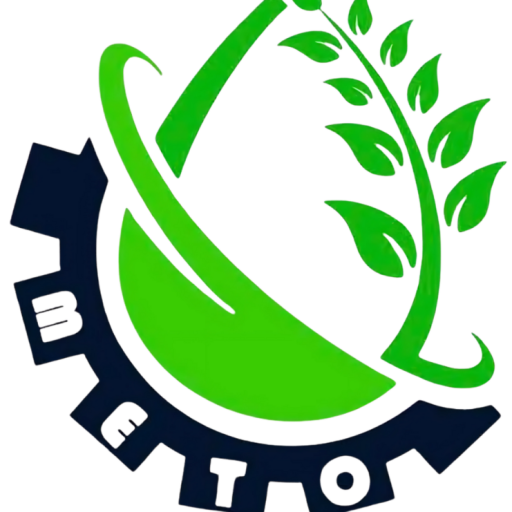
Information Technology (IT) is the cornerstone of modern society, enabling unprecedented innovation, connectivity, and transformation across all industries. From revolutionizing communication to automating business operations, IT has given humanity the tools to thrive in the digital age. With advancements in cloud computing, artificial intelligence, and cybersecurity, IT continues to evolve, playing a pivotal role in shaping the future.
Information Technology refers to the use of computers, software, hardware, networks, and devices to manage, process, store, and exchange information. IT serves the backbone for all digital operations, empowering businesses, governments, and individuals through data-driven solutions.



IT has undergone remarkable development since its inception, thanks to advancements in computing and telecommunications technologies.
The Early Era:
The Internet Revolution:
The Mobile Era:
The AI and Big Data Age:
IT encompasses diverse fields and applications, making it integral to many aspects of modern life:
Cybersecurity Threats : Trends like ransomware and data breaches underscore the need for robust defense mechanisms.
Digital Divide : Unequal access to IT infrastructure restricts progress in developing regions.
Privacy Concerns : Increasing reliance on IT raises issues about sensitive data protection and ethical AI use.
Rapid Obsolescence : Constant innovation results in technologies becoming outdated quickly, requiring costly upgrades.
IT has transformed almost every industry, introducing efficiency, innovation, and new opportunities:
The future of IT is shaped by emerging trends that promise to revolutionize industries further:

At METO B.V, we are more than just a trading company; we are a bridge between world-class manufacturers and international markets.
